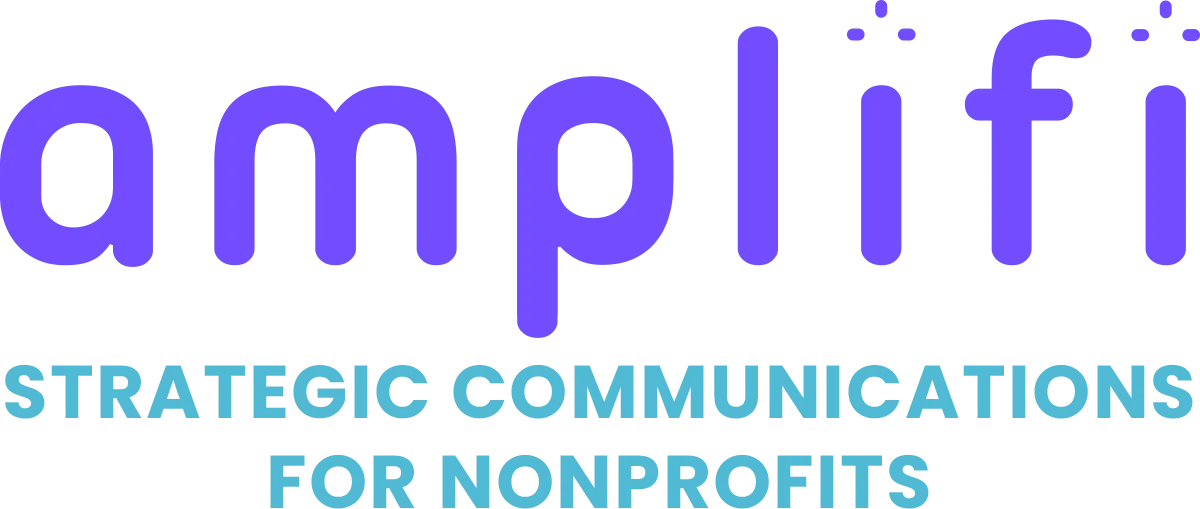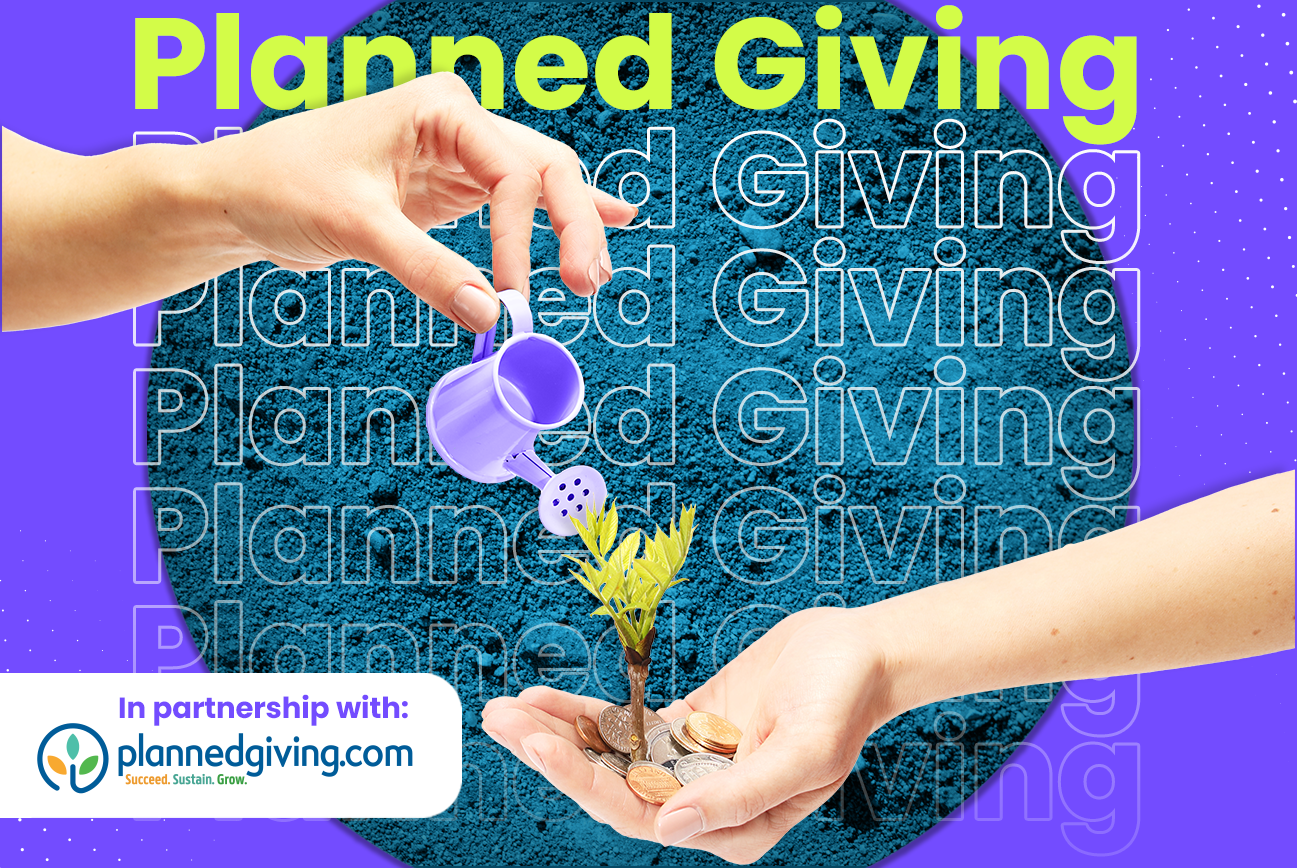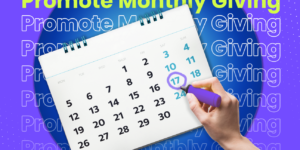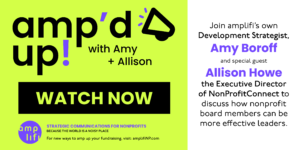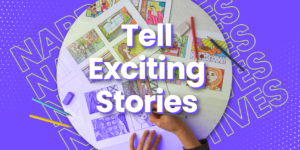Guest blog by Viken Mikaelian, PlannedGiving.com
Planned giving can get complicated, but promoting it shouldn’t be.
Whether you’re trying to reach high-net-worth donors or just getting your nonprofit’s planned giving program off the ground, these ten strategies will help you cut through the noise, attract the right prospects, and—most importantly—bring in those gifts.
1. Stop selling. Start educating.
Nobody wants to be “sold” on something as personal as their legacy.
Instead of pushing planned giving like a used car salesperson on commission, focus on education. Help donors understand why planned gifts matter and how they can benefit both the nonprofit and their own financial situation.

2. Make it easy (because nobody reads the fine print).
If your planned giving materials require a law degree to understand, you’ve already lost your audience.
Keep it simple. Use clear, compelling language that donors—and their attorneys—can actually comprehend without reaching for aspirin.
3. Tell stories, not statistics.
Yes, numbers are important. But what really moves donors? Stories.
Share real examples of how planned gifts have made an impact. Use stories to show donors that their legacy can change lives, not just add another line to a financial report.
4. Create a dedicated planned giving website.
Your planned giving program needs its own space, not just a buried tab on your main website.
A dedicated planned giving website provides clarity, credibility, and a clear call to action without distractions. (However, be sure your organization’s main website features prominent links to it.)

5. Send actual mail (yes, snail mail still works).
In the digital age, direct mail is your secret weapon.
Why? Because while email inboxes get flooded and ignored, a well-crafted piece of mail has a much higher chance of landing in the right hands. A tangible, well-designed planned giving brochure can do wonders, especially if it doesn’t look like a tax form.
6. Use email wisely (no, not spam).
A well-crafted email campaign can nurture interest in planned giving over time.
The key? Keep it short, insightful, and donor-focused. And for the love of philanthropy, don’t make every email scream, “leave us your estate!”
7. Social media: the right kind of engagement.
You can’t deposit likes. But social media can still be a valuable tool if used correctly.
Share donor stories, legacy impact highlights, and educational content that subtly plants the seed for planned giving without sounding like a digital telemarketer.
8. Host a no-pressure legacy event.
Estate planning is intimidating, and so are pushy events. Instead of a hard sell, host a relaxed gathering, perhaps a breakfast or virtual webinar, where donors can learn about legacy giving in a comfortable, conversational setting.
No pressure, no legalese. Just meaningful conversations.

9. Build relationships with professional advisors.
Financial planners, attorneys, and CPAs can be your biggest advocates if you educate them properly.
Make sure they understand your planned giving program so they can confidently recommend it to their clients.
10. Stay top of mind (without being annoying).
Planned gifts aren’t impulse decisions.
The donor who sees your planned giving message today may not act for months or even years. Regular but tasteful communication keeps your nonprofit in their thoughts when they’re finally ready to make a decision.
Final thought.
Planned giving isn’t about chasing dollars—it’s about building relationships, earning trust, and helping donors create a lasting impact. Market it well, and the gifts will follow. And if you need help? Well, that’s what we do.
About the author:
Viken Mikaelian is the CEO and founder of PlannedGiving.com and MajorGifts.com. He is also publisher of Major Gifts Today and Giving Tomorrow. Viken is available for speaking engagements on planned giving marketing, personal development and time management. Learn how Viken got into planned giving. Connect with Viken on LinkedIn.

